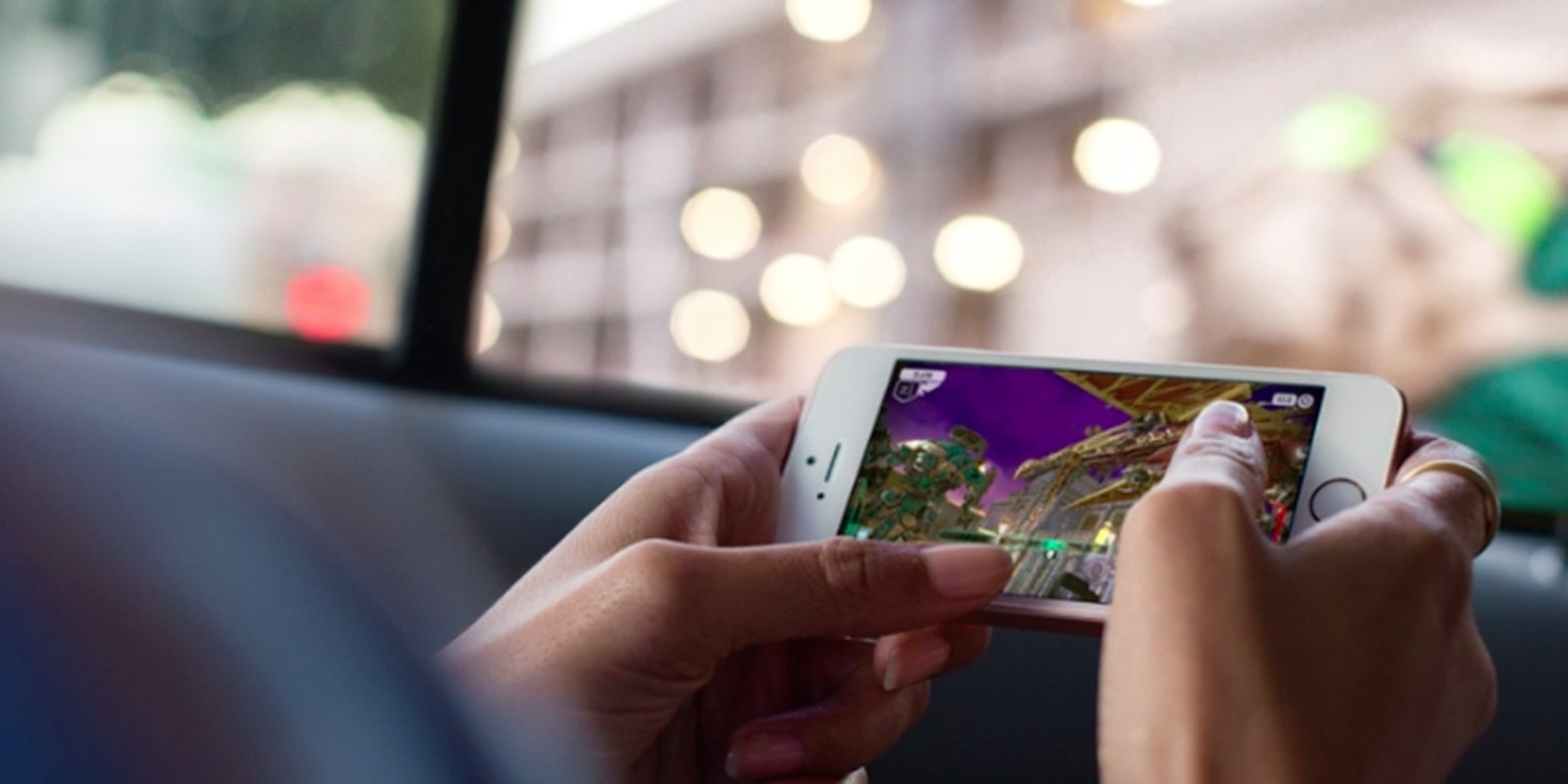Apple is reportedly planning a follow-up to 2016’s bargain-basement iPhone SE. The handset, dubbed the iPhone SE 2, will come with a price-tag of $399 and is expected to ship early next year.
If the rumors are correct, the iPhone SE 2 will have a conventional design, packing a chassis and display based on the iPhone 8. For a bargain-basement device, that makes sense, given the relative expense in producing notched displays.
Apple is expected to furnish the yet-unnamed device with an A13 processor, identical or similar to the one that shipped with the iPhone 11. The iPhone SE 2 is also expected to include 3GB of LPDDR4X RAM, which is 1GB less than what’s offered with Apple’s latest smartphone lineup, but still respectable.
The rumor comes from respected Apple analyst Ming-Chi Kuo, who has a track record for accurately predicting Cupertino’s upcoming devices.
In a comment provided to MacRumors, Kuo also notes the iPhone SE 2 will likely come in three different color options (Space Gray, silver, and red) and won’t feature Apple’s divisive 3D Touch technology. The latter isn’t a huge surprise, given its noted absence from this year’s new iPhone releases.
There’s no guarantee the iPhone SE 2 will come to fruition. Apple is yet to confirm its existence, and likely won’t until it’s formally announced at a launch event. That said, if it does, it’ll solve three critical problems for the world’s most valuable company.
First, it lowers the financial barrier to entry into the iOS world. Although you can get Apple’s older devices for reasonably cheap now (the iPhone 8 retails for $449), its latest-and-greatest products come with a hefty price tag. As you might expect, this has deterred some price-conscious consumers. Estimates from Q3 2019 suggest a nearly 15-percent year-on-year plunge.
To be fair, that isn’t necessarily a problem for Apple. It’s long positioned itself as a luxury brand, and its iconic fruit logo commands a relatively steep premium. But a shrinking ecosystem is never good. It also harms Apple’s efforts to make money from users further down the line, like from sales of iCloud subscriptions and App Store downloads.
Secondly, a cheaper iPhone will gently nudge those iPhone 6 and 6s holdouts to upgrade their phones. A side-consequence of the impressive longevity of Apple devices is that users no longer feel compelled to stick to the traditional two-year upgrade cycle.
And finally, it’ll go some way towards rationalizing the current iPhone lineup. Right now, Apple’s touting a top-heavy list of premium devices, while the sole “mid-range” offering is a device from two years ago.
With the iPhone SE 2, Apple can ditch the older devices from its lineup, and offer customers of all types a relatively contemporary phone. That’ll make budget users feel less like second-class citizens.


